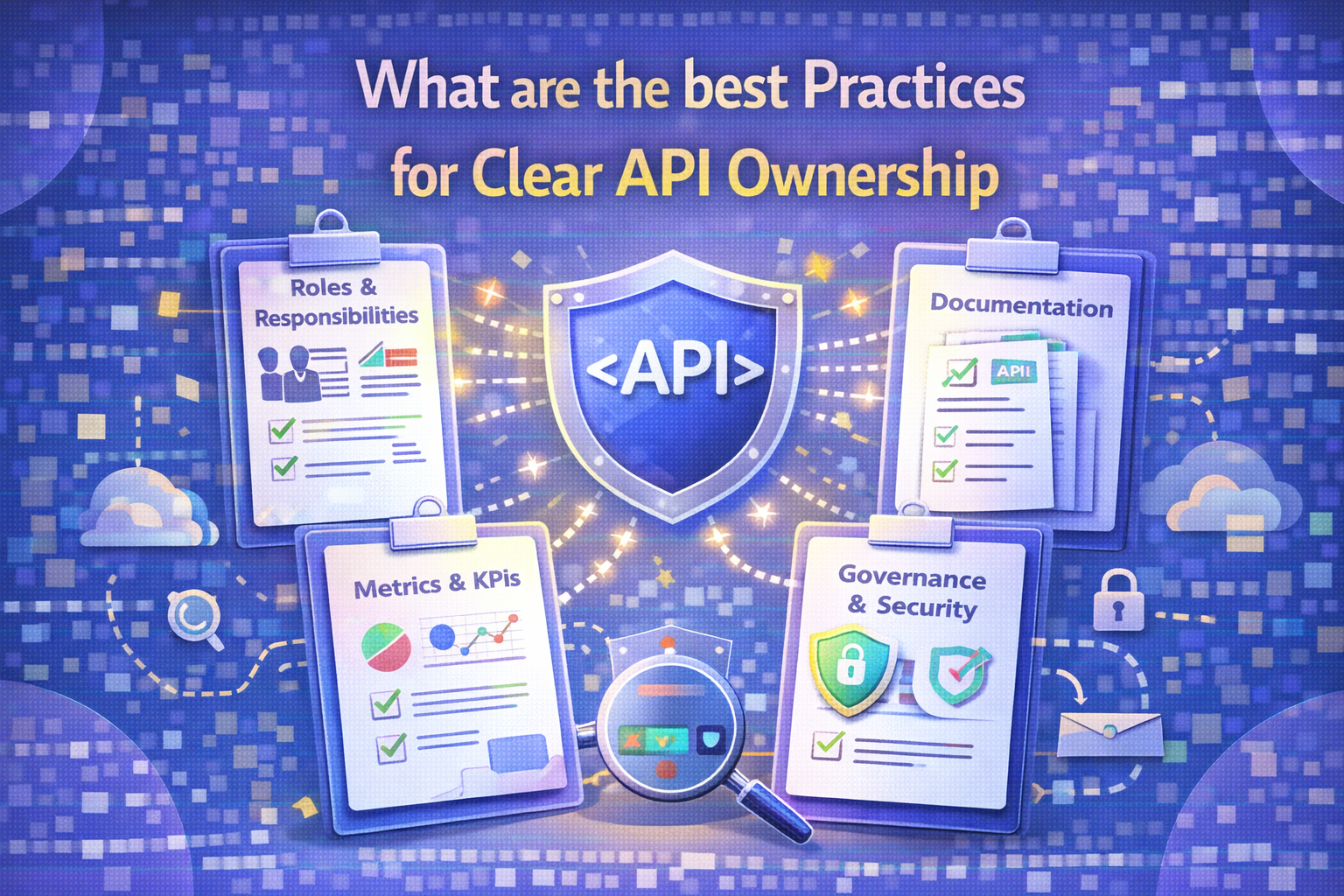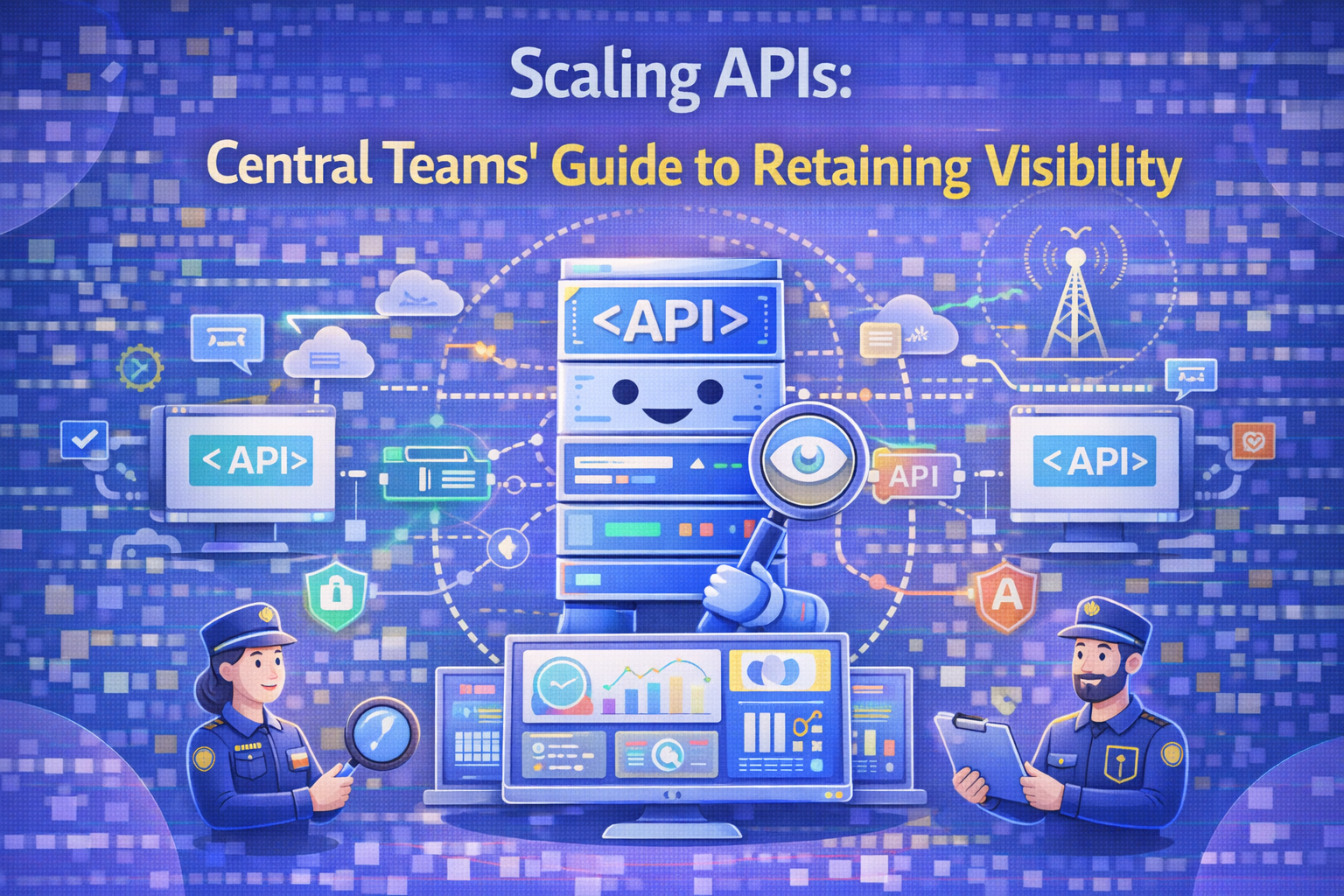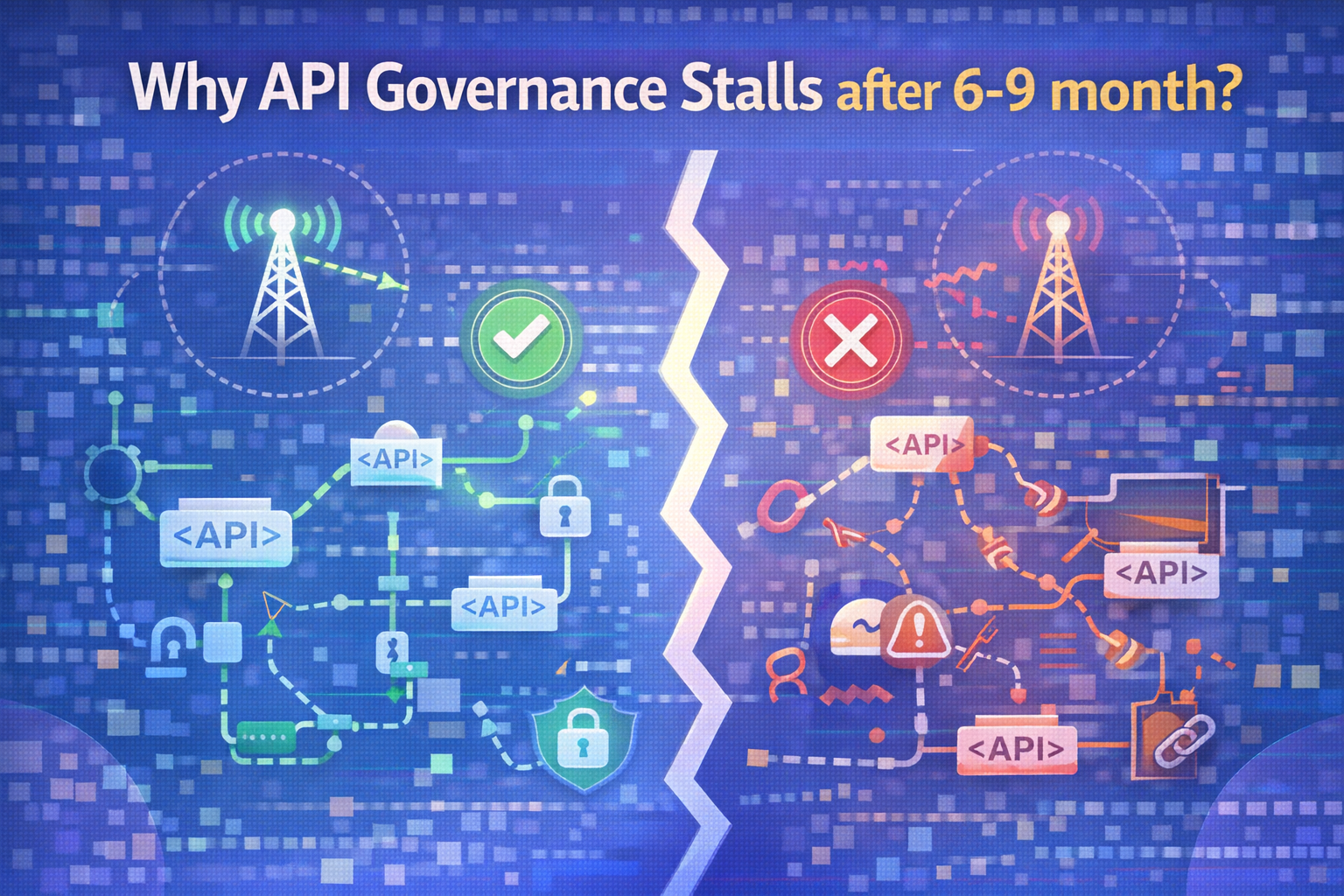Blog
What is Open banking? - Trends, Regulations and Benefits
Updated on:
December 22, 2025

Imagine if your bank could securely and instantly exchange data with financial applications or investment platforms you use, on your terms? That’s possible with open banking, and in 2026, it’s restructuring how money moves, lending, and financial insights.
Across the U.S., open banking is increasingly becoming popular as banks, fintechs, and regulators align on shared data standards and consumer-first innovations. As we move ahead, technologies like account-to-account (A2A) payments are challenging card networks, AI is unlocking smarter credit decisions, and embedded finance is pushing banking far beyond branch walls.
But with growth, security, compliance, and competition all come into play. Read on to explore the trends, technologies, and use cases driving open banking’s rise and discover where it’s headed next.
Open banking at a glance in 2026
Open Banking is firmly embedding itself into global financial ecosystems. This is accelerated by increased interest from consumers, fintechs, and banks. Its increased adoption is fueled by regulatory initiatives, increased demand for digital mortgage solutions, and growing reliance on account-to-account (A2A) payments.
Besides expansion, there’s increased focus on data privacy and security as well as strengthening fraud prevention measures.
Notably, A2A transactions, along with other alternative payment methods, are gaining momentum across diverse markets. This is because of their seamless integration within areas like bill payments, disbursements, and subscription-based transactions.
Looking ahead, four themes are set to shape open banking’s trajectory:
- Empowering individuals and businesses to leverage their financial data
- Delivering personalized, next-generation services for small enterprises
- Harnessing technologies like Generative AI for enhanced categorization, privacy, and security
- Deepening ties with Real-Time Payments (RTP) to support richer value-added services, which mark a gradual shift toward the broader vision of open finance.
Major trends accelerating open banking adoption in 2026
Open banking continues to unlock possibilities and opportunities driven by notable trends such as increased adoption of open banking APIs, stronger regulatory frameworks, embedded finance and banking-as-a-Service (BaaS), mobile-first adoption, and more. Here is a quick overview of these trends:
1. Increased adoption of open banking APIs
In 2026, the use of open banking APIs is expanding rapidly as banks, fintechs, and third-party providers collaborate to deliver faster, more secure, and customer-centric services.
These APIs enable secure data sharing between financial institutions and authorized third parties, which facilitates innovations like real-time payments, automated budgeting tools, and tailored loan products.
Platforms like DigitalAPI play a vital role by providing secure, scalable, and compliant API management solutions, which help institutions meet regulatory requirements while enabling seamless integrations.
For example, in May 2022 alone, open banking services recorded over 1 billion API calls. This widespread adoption is also driven by businesses integrating APIs to provide account-to-account (A2A) payments, bypassing traditional card networks and reducing transaction costs.
2. Stronger regulatory frameworks
A key driver of open banking’s evolution in 2026 is stronger regulatory frameworks. Globally, authorities are tightening standards to ensure data privacy, customer consent, and cybersecurity.
For instance, the EU’s anticipated PSD3 framework and the UK’s planned Smart Data initiatives aim to enhance interoperability and expand open banking into adjacent areas like energy and telecoms.
In Australia, the Consumer Data Right (CDR) is evolving to cover open finance, which gives consumers greater control over their financial data. Besides boosting trust, these regulatory frameworks attract more market participants, which enables sustainable growth.
3. Embedded finance and banking-as-a-service (BaaS)
Another significant trend driving open banking is the integration of banking services directly into non-financial platforms to transform customer experiences.
What’s more? Retailers, ride-hailing services, and e-commerce platforms are embedding payment, lending, and savings features into their ecosystems through BaaS partnerships.
For example, Shopify uses embedded finance to allow merchants to access capital and payment management solutions directly within its platform. These integrations are facilitated by open banking APIs, which enable hyper-personalized financial services at scale.
4. Mobile-first adoption
With smartphones as the primary banking tool for many young consumers today, mobile-first strategies are dominating open banking innovation. FinTech apps leverage biometric authentication, AI-driven insights, and seamless in-app payments to attract users.
In emerging markets, mobile banking adoption is accelerated by API-driven integrations that enable users to send money, pay bills, and even access credit instantly.
What are A2A payments & why are they becoming popular?
A2A, or account-to-account payments, are transactions that involve the movement of money directly between two bank accounts without using intermediaries like card networks. Bank transactions are facilitated by bank rails and open banking APIs, which enable real-time transfers for various use cases such as bill payments, e-commerce purchases, and peer-to-peer transactions.
A2A payments are growing in popularity for the following reasons:
- Lower costs for merchants and consumers: Since A2A payments bypass card networks, they reduce transaction fees, which makes them more attractive for businesses as they lead to better prices for customers.
- Faster settlement times: A2A payments use real-time payment infrastructure, which allows consumers to transfer funds instantly or within minutes. This also improves cash flow for businesses.
- Enhanced security: Account-to-account payments use bank authentication, which reduces fraud risks compared to card payments, as credentials are not shared with merchants.
- Open banking adoption: Regulatory frameworks like PSD2 in Europe and similar policies globally are enabling secure API access to bank accounts, which also boosts A2A payment use.
- Growing e-commerce demand: A2A payments are growing in popularity as consumers and merchants seek more efficient payment methods that offer immediate confirmation and reduced friction at checkout.
- Compatibility with alternative payment methods: Lastly, A2A works well alongside digital wallets, request-to-pay systems, and QR-based payment options.
Open banking regulatory landscape in the U.S.
The U.S. has historically adopted a market-driven approach to open banking. For instance, it has relied on aggregators, voluntary API adoption, and screen-scraping rather than a comprehensive regulatory regime like the EU’s PSD2.
A pivotal shift occurred with the Consumer Financial Protection Bureau’s activation of Section 1033 of the Dodd-Frank Act via the Personal Financial Data Rights rule. Finalized in October 2024, the rule mandates institutions to share consumer-authorized financial data such as transaction histories, balances, and terms with third parties, at no charge, and under explicit, revocable consent.
Its implementation is phased by institution size, with large banks due April 2026 and smaller ones having until April 2030 to comply.
To support this framework, the Financial Data Exchange (FDX), an industry-led consortium, defines technical API and consent standards. Still, gaps remain. For instance, there is no accreditation system for third-party providers, no unified liability framework for breaches, and continued fragmentation in technical standards.
The rule’s reception is also mixed. Fintechs and consumer advocates praise its boost to competition and consumer empowerment. Meanwhile, banks cite concerns around privacy, security risk, compliance costs, and regulatory overreach.
In essence, the U.S. is transitioning from a loosely coordinated ecosystem to one anchored by law, though key structural and regulatory gaps remain to be addressed for a mature, secure, and interoperable open banking system.
Strategic benefits of open banking for banks and fintechs
Open banking offers strategic benefits for banks and fintechs, including new revenue streams, improved customer engagement, faster innovation, and stronger partnerships. It enables banks and fintechs to securely share financial data through APIs, create personalized products, improve user experience, streamline operations, and collaborate to capture emerging market opportunities.
Here are additional benefits of open banking for financial institutions:
- New revenue streams: Open banking enables banks and fintechs to monetize APIs, launch premium data-driven services, and tap into cross-selling opportunities for lending, insurance, and investment products.
- Enhanced customer engagement: It enables financial institutions to access valuable customer data to provide hyper-personalized financial advice, real-time spending insights, and tailored product offers.
- Accelerated innovation: Open banking leverages open APIs, which enable financial institutions to quickly integrate third-party tools, adopt advanced analytics, and experiment with new business models without investing in costly infrastructure.
- Stronger Partnerships: Lastly, open banking supports collaboration between banks, fintechs, and non-financial players, which enables bundled services, embedded finance, and broader distribution networks that expand market reach and competitiveness.
Top use cases of open banking in 2026
Third-party providers, financial institutions, and businesses have implemented open banking in a variety of ways, such as identity authentication, financial management and reconciliation, income verification and credit assessment, overdraft protection and P2P payments, multi-service integration, and personalized insurance.
Let’s take a look at some of the most prominent applications of open banking.
1. Identity authentication
Many eCommerce platforms now leverage open banking APIs to verify customer identities directly through their bank credentials. This method strengthens fraud prevention and minimizes the risk of identity theft in digital transactions. This is because financial institutions and third parties can securely confirm an individual’s identity without relying solely on traditional documents.
2. Financial management and reconciliation
Budgeting tools, expense trackers, and personalized advisory services benefit from consolidated access to a user’s accounts across multiple banks. Businesses and accountants also use transaction data to automatically reconcile payments with invoices. This helps in streamlining operations and reducing manual errors.
3. Income verification and credit assessment
Open banking has enabled loan providers, landlords, and other service providers to quickly confirm income by reviewing authenticated banking records. Similarly, lenders use this data to gain a deeper understanding of spending habits, savings patterns, and overall financial behavior for more accurate credit risk evaluation.
4. Overdraft protection and P2P payments
Through open banking, banks can create tailored overdraft solutions by analyzing real-time account activity, such as automatically transferring funds from savings. It also facilitates faster peer-to-peer payment systems, which eliminates the need for cash or cheques.
What are the technologies enabling open banking growth?
Some of the major technologies driving open banking growth include secure APIs for secure data sharing, AI and machine learning for fraud detection and personalization, cloud computing for scalability, blockchain for transparent transactions, and advanced authentication tools like biometrics. Together, these innovations enable secure, seamless, and customer-centric financial experiences. Here is a quick overview of the technologies accelerating open banking growth.
1. Secure APIs
APIs form the backbone of open banking, enabling banks, fintechs, and third-party providers to securely exchange financial data in real time. Standardized APIs improve interoperability across institutions, enabling services like instant payments, account aggregation, and tailored financial products.
For secure APIs, platforms like DigitalAPI’s API management solution help enforce access policies, encrypt traffic, and monitor usage to detect anomalies. This helps to safeguard sensitive financial data, reduce exposure to unauthorized access, and help financial institutions meet regulatory requirements.
2. Artificial intelligence and machine learning
AI and ML play a vital role in detecting fraudulent transactions, analyzing customer behavior, and delivering personalized recommendations. For example, AI-driven financial planning tools can assess spending habits and suggest tailored budgeting or investment strategies, which improve customer engagement.
3. Cloud computing
Cloud-based infrastructures provide the scalability and flexibility needed for open banking platforms. They enable faster deployment of services, reduce operational costs, and ensure high availability for financial applications, while supporting data storage and analytics at scale.
Open banking challenges and risks ahead
Open Banking presents significant opportunities, but it also faces notable challenges and risks such as:
- Data privacy and security: As financial institutions share customer data with third-party providers, the risk of cyberattacks, fraud, and identity theft increases. This necessitates strong authentication, encryption, and compliance with regulations like GDPR, which are also complex to implement.
- Regulatory fragmentation: Different jurisdictions have varying open banking standards, which make cross-border interoperability difficult and slow global adoption. This can lead to inconsistent consumer experiences and limit innovation.
- Consumer trust: Many people are hesitant to grant access to their financial data due to fears of misuse or unauthorized access. To overcome this barrier, consumers need to be educated about data usage.
- API reliability and standardization: From a technical perspective, API reliability and standardization are critical. Poorly designed or inconsistent APIs can disrupt services, reduce user confidence, and deter businesses from integrating open banking solutions.
- Market competition: While open banking fosters innovation, it also challenges traditional banks to adapt quickly or risk losing market share to fintechs and big tech companies.
FAQs
1. How is the U.S. adopting open banking compared to Europe?
Europe’s open banking adoption is driven by PSD2 regulations mandating data sharing between banks and third parties. The U.S. takes a market-led approach, with voluntary adoption guided by industry standards rather than legislation. This leads to slower but more flexible implementation compared to Europe’s regulated framework.
2. How does open banking benefit banks and FinTech companies?
Open banking enables banks and fintechs to collaborate, create innovative financial products, and improve customer experience. Banks gain new revenue streams and customer insights, while fintechs access secure banking data to offer tailored services, such as budgeting tools, lending solutions, and payment innovations.
3. What’s the difference between open banking and open finance?
Open banking focuses on sharing bank account, transaction, and payment data through secure APIs. On the other hand, open finance expands this concept to include a broader range of financial data like investments, pensions, mortgages, and insurance.
4. Is open banking secure?
Yes. Open banking uses secure APIs, strong customer authentication, and regulatory oversight to protect data. Furthermore, third parties must meet strict security standards, and customers ' consent for data sharing reduces the risk of fraud compared to traditional screen scraping methods.
5. What role do APIs play in open banking?
APIs act as secure bridges, enabling banks to share data with authorized third parties in real time. They ensure standardized, efficient, and safe communication between systems, supporting services like payment initiation, account aggregation, and financial analytics without exposing sensitive information directly.
You’ve spent years battling your API problem. Give us 60 minutes to show you the solution.
.svg)

%20(1).png)




